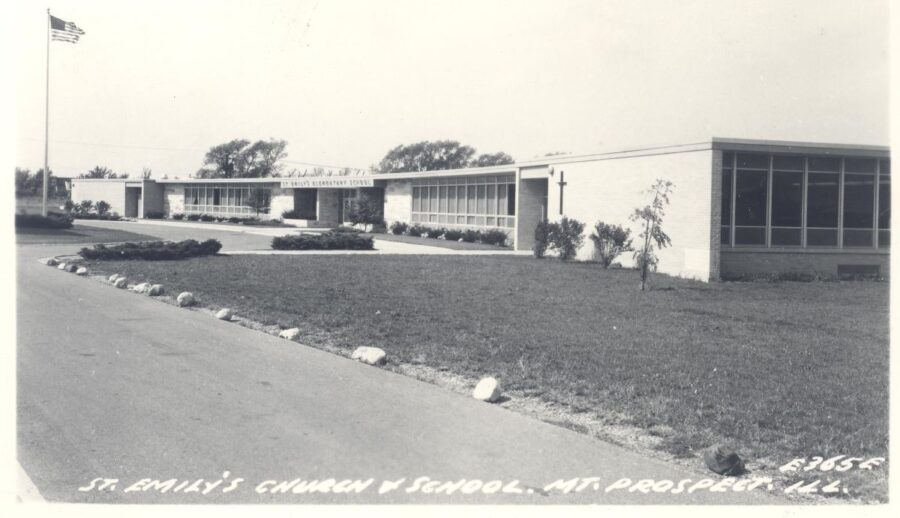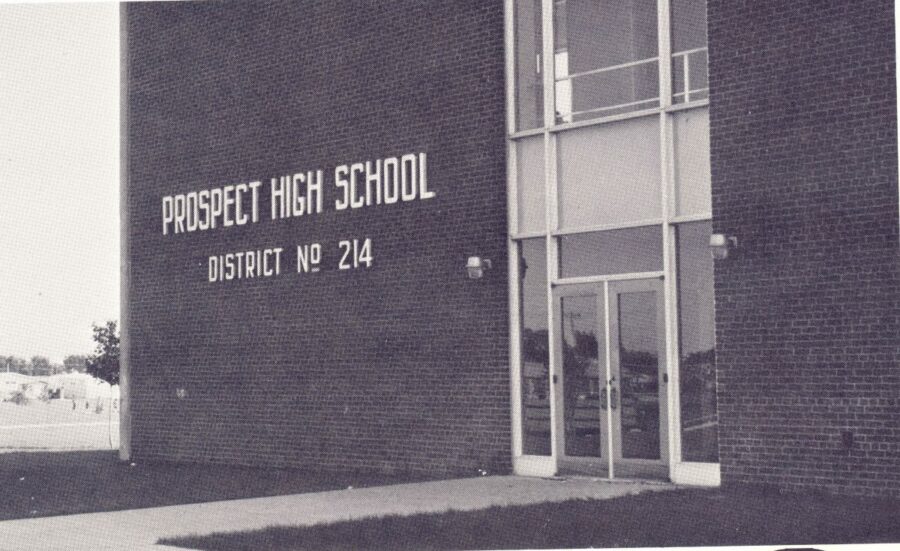Grade levels: K-8
Built: 1961
Is it still standing? Yes
Is it still a school? Yes
History
Saint Emily’s Catholic School was the second Catholic school in Mount Prospect. Saint Raymond’s school had been the first Catholic school and was heavily over enrolled for the first few years it operated. When Saint Emily’s opened it helped to spread out the Catholic student body and made the system more manageable. The school has since been well attended and provided a quality education for students in the area. In 1998 Kimberly Siprut, a second grade teacher at Saint Emily, received the National Catholic Education Association’s Miriam Farrell Distinguished Teacher Award, one of the highest awards that can be bestowed upon a Catholic School Teacher.

